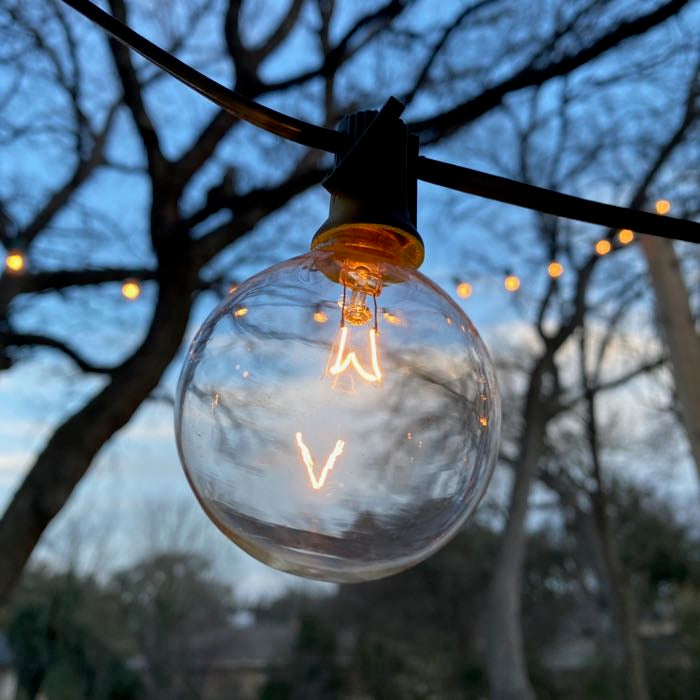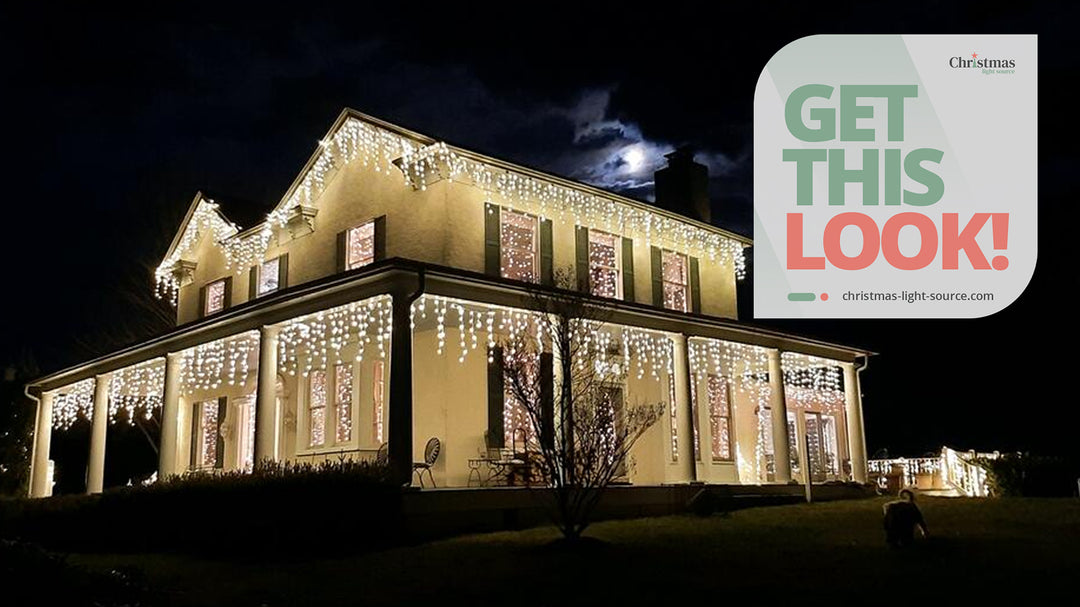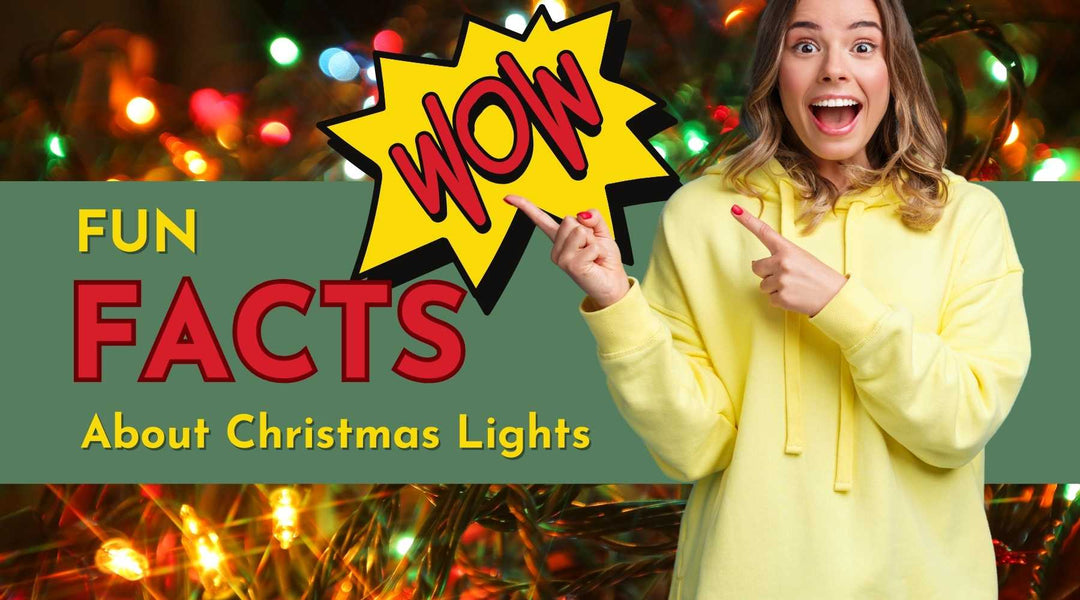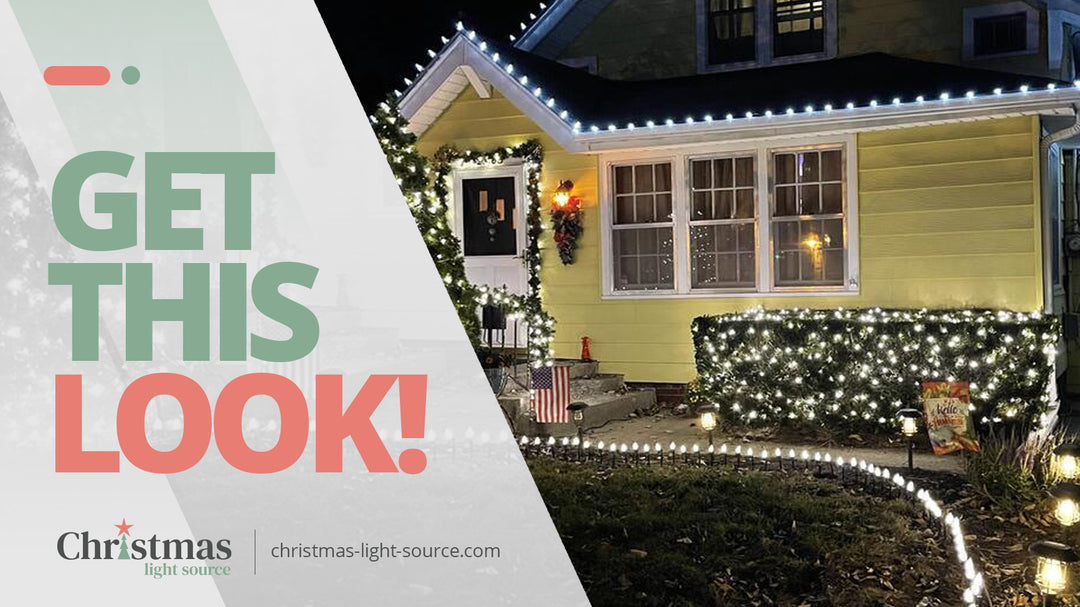LED Bulbs: Their shapes, sizes, and bases
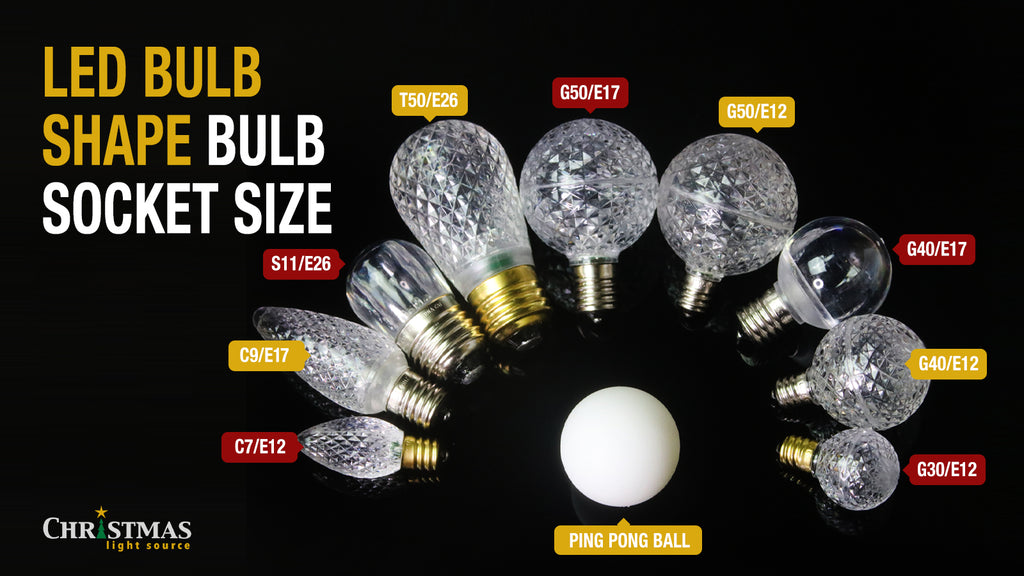
Today's Question: What cord do I need for an LED G40 bulb? C7? E17? What??
I got this desperate question from a friend with a stage lighting crisis. I talked him down off the ledge and connected him with the lights he needed for his band's upcoming performance.
(He was looking for a G40 cord what he needed was E12. Read on for more clarification.)
We also hear the question in these forms:
- What are the differences in C7 and C9 bulbs?
- How big are G50 bulbs?
- What cord do I need for my C9 bulbs?
And so on.
There is just so much "industry language" that can prove confusing as shoppers browse all the bulbs that are available.
Easy Answers: The numbers in C7 and C9 are their diameters so that naturally means that C9 bulbs are larger than C7. G50's are round bulbs and the 50 is their diameter in millimeters which is 1 7/8 inches. Choose a cord based on the size of the threaded base on each bulb. C7's use E12 cords. C9's use E17 cords. G50's might use either E12, E15 or E26 cords based on their specifications.
It's easy once you know the lingo.
Please enjoy this bulb size and base tutorial.
This photo shows a sampling of bulbs in various sizes with one of three bases sizes. These are not all the bulbs that I sell but it's a nice representation that provides relative size information and show the extent that different shapes, sizes and bases can be combined.
The first designation is the shape of the bulb, the second is the base. For example, C9/E17 means that the bulb is a C9 shape with an E17 base. Note, as a rule of thumb, traditionally C9 bulbs "always" have E17 bases so many times, the base is also referred to as C9 as well.
Basic Shapes for Christmas light and outdoor string light bulbs
C Shapes - cone
"C" stands for Cone - this is the almost pointy shape that is most traditionally associated with Christmas lights
Typical bulbs: C7, C9 and C6 with C5 and C3 to a lesser extent.
The number after the C represents the diameter divided by 8:
C7 bulb: 7/8 = 7/8″ diameter

C9 bulb: 9/8 = 1-1/8″ diameter

See this blog that compares C7 and C9 bulbs and shows their dimensions side by side.
G Shape - Globe (round)
Typically seen in G30, G40 and G50 bulbs. The number is the diameter in millimeters. Since 50 mm is tricky to visualize keep this in mind:
G30 - slightly smaller than a ping pong ball
G40 - about the size of a ping pong ball
G50 - slightly larger than a ping pong ball
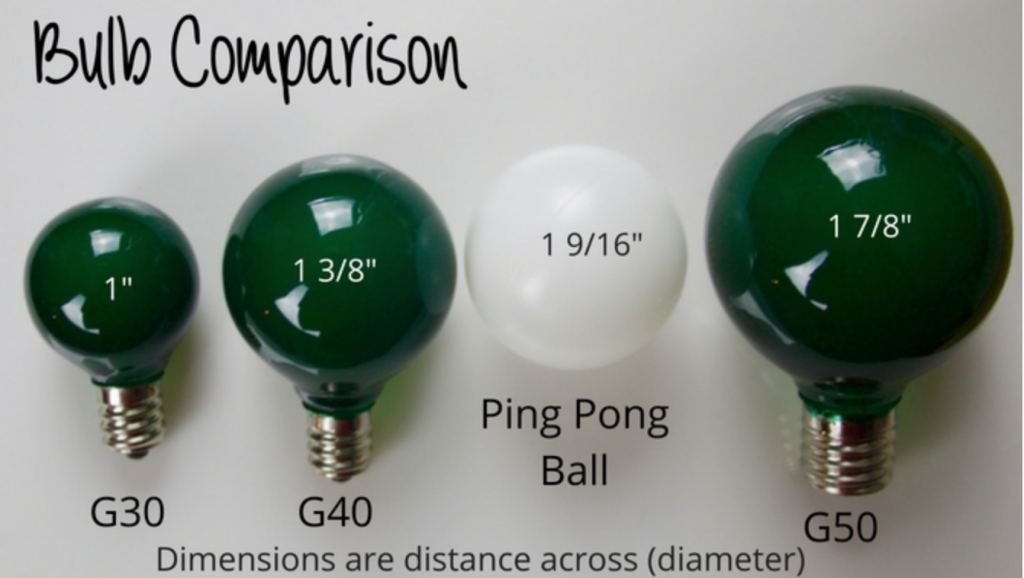
"T" represents elongated bulbs like a tube and is an industry identifier
Seen in T50 bulbs. 50 is the diameter of the bulb at it's widest point.

"S" is for a shorter round patio bulb shape
Seen in S14 bulbs.

Base Sizes
There are 3 common threaded sizes of bases of bulbs in the US. The numbers represent the width of the base in millimeters.
Candelabra: E12, the size of a traditional nightlight
Intermediate: E17 -- commonly seen on C9 bulbs
Medium or standard: E26, commonly seen in patio string lights and bulbs designed originally with a commercial market in mind but now seem more available for residential users as the market has seen increased demand for outdoor string lighting
And in Confusion.... Conclusion....
Traditionally C7 and C9 cords and bulbs are just called ... "C7 cords and bulbs and C9 cords and bulbs" or "C7 Christmas lights" or "C9 Christmas lights". So make sure you match them when you select the incandescent or LED bulb of your choice match it with the correct cord.
For example: C7 bulb to C7 cord
If you are working with G, T or S style bulbs, look for the size of your base listed in the bulb's specifications and match to the right cord.
For example: your G40 bulb might have an E12 or an E17 base and you'll need to find the appropriate E12 base cord (which will be called C7 more than likely) or the right E17 cord (which will be called a C9 cord)
The combination of bulbs and bases is growing so just double check to make sure you have a match.
We've tried to make life easy at Christmas Light Source by listing a sample of the correct bulbs and cords for each of our products. Hopefully this will help point you in the right direction.
Let us know if you have any questions. You've got this.


